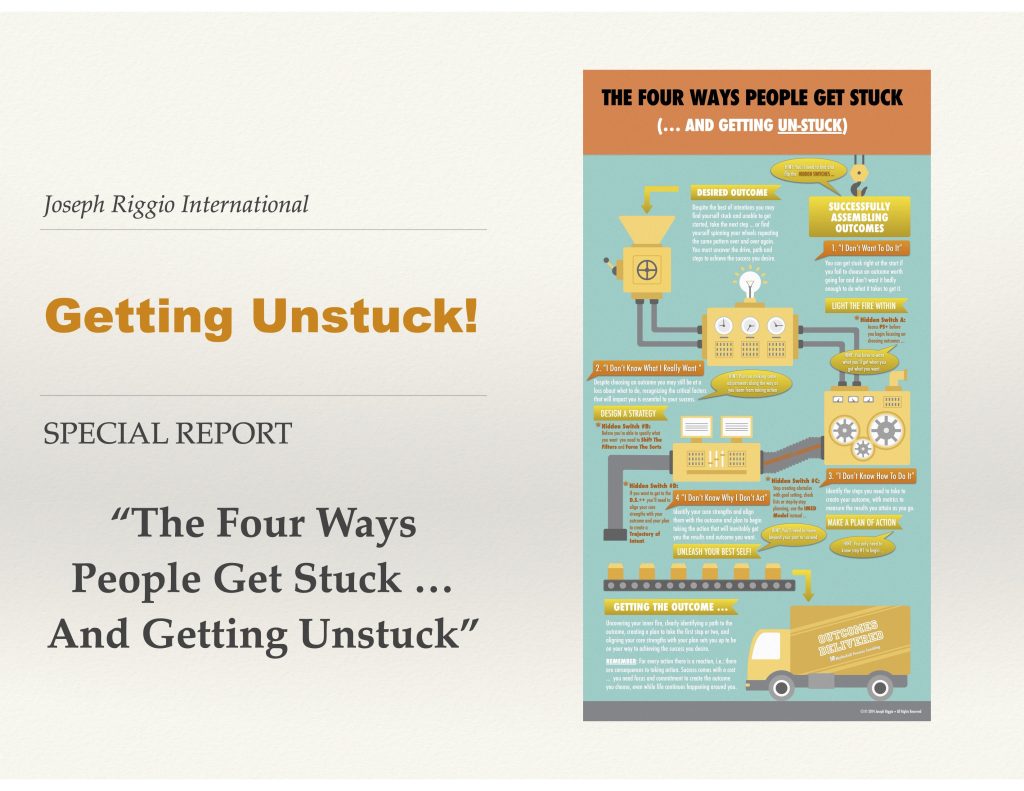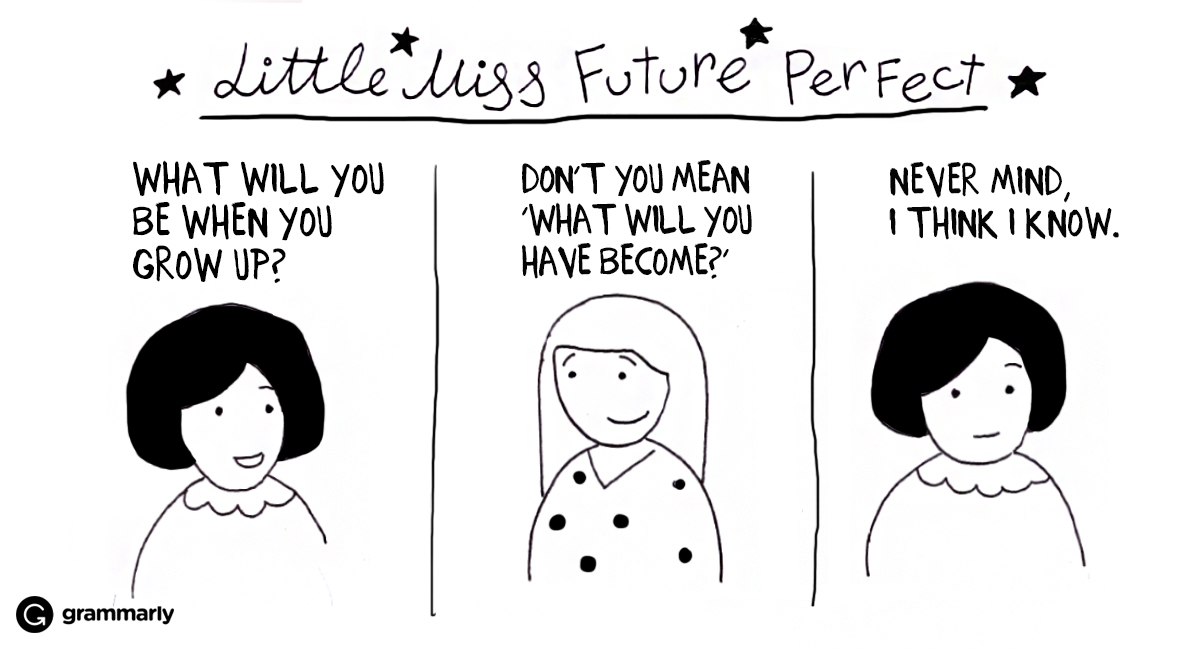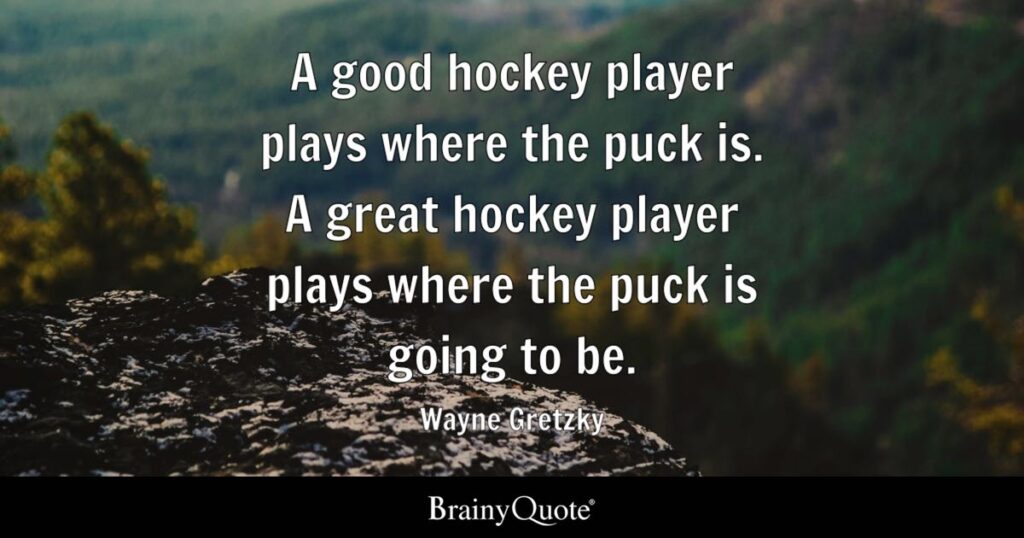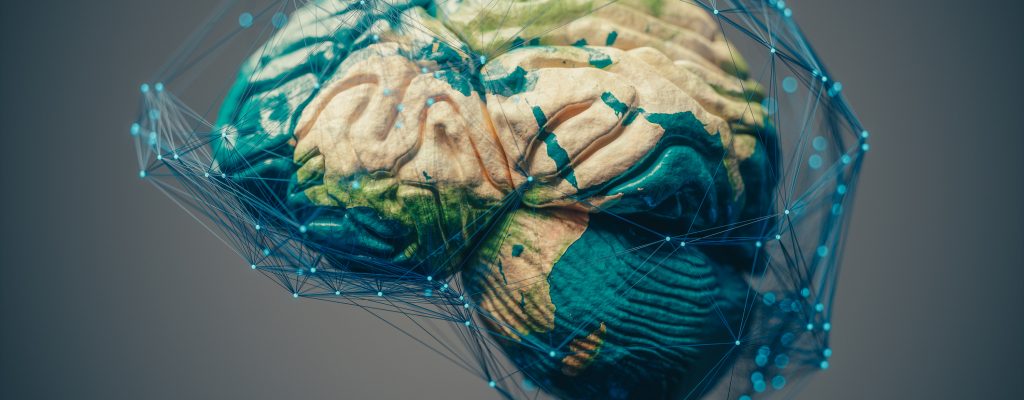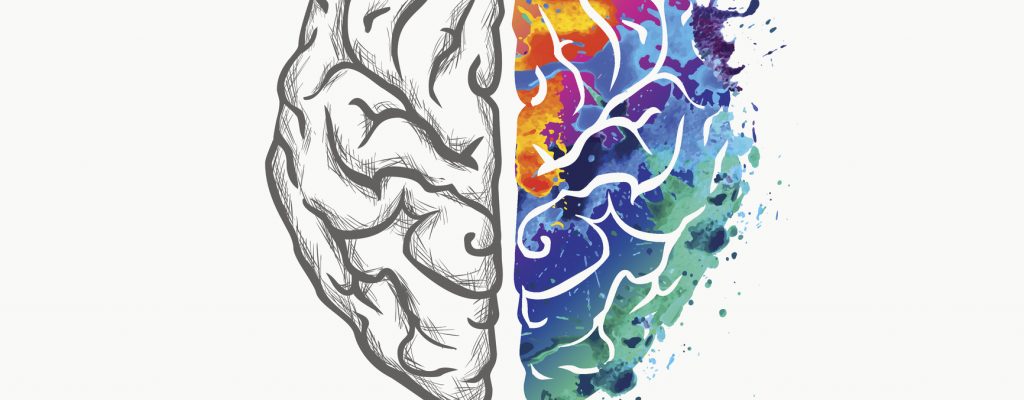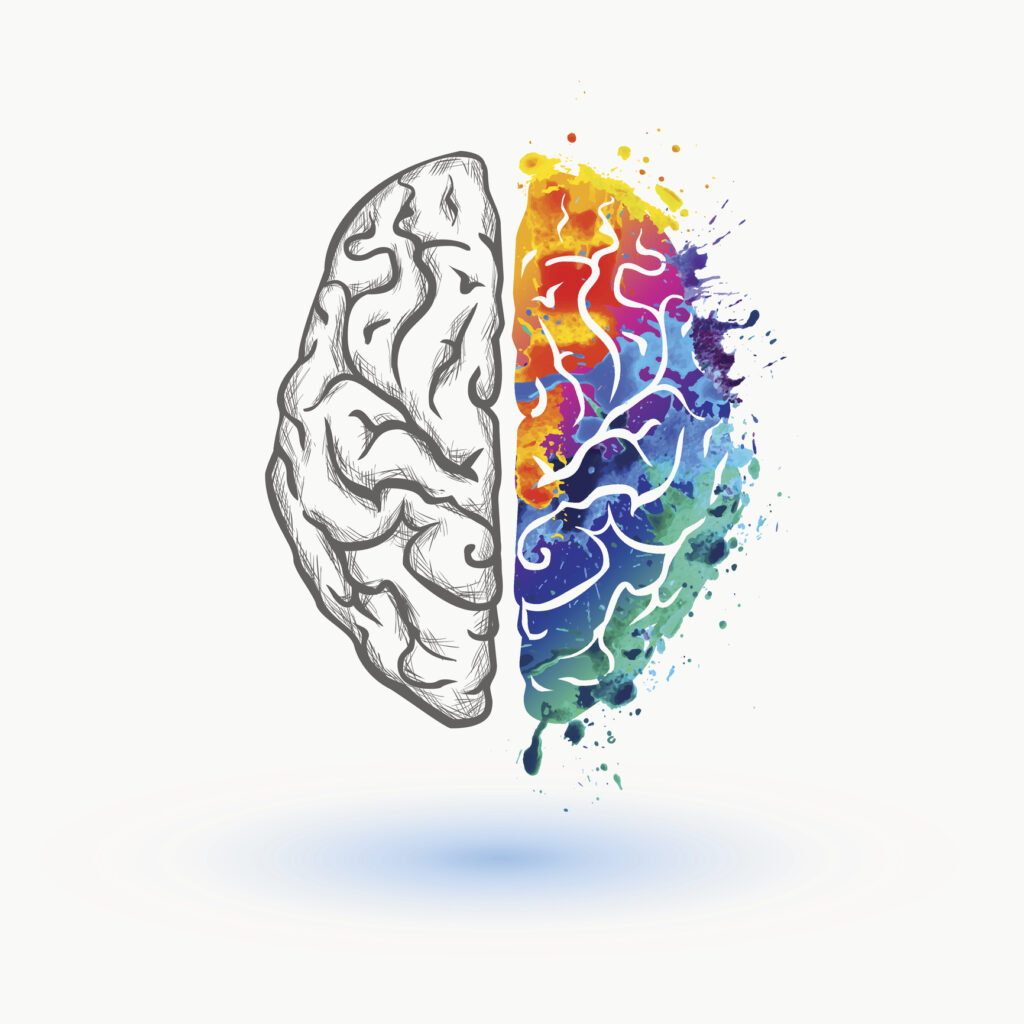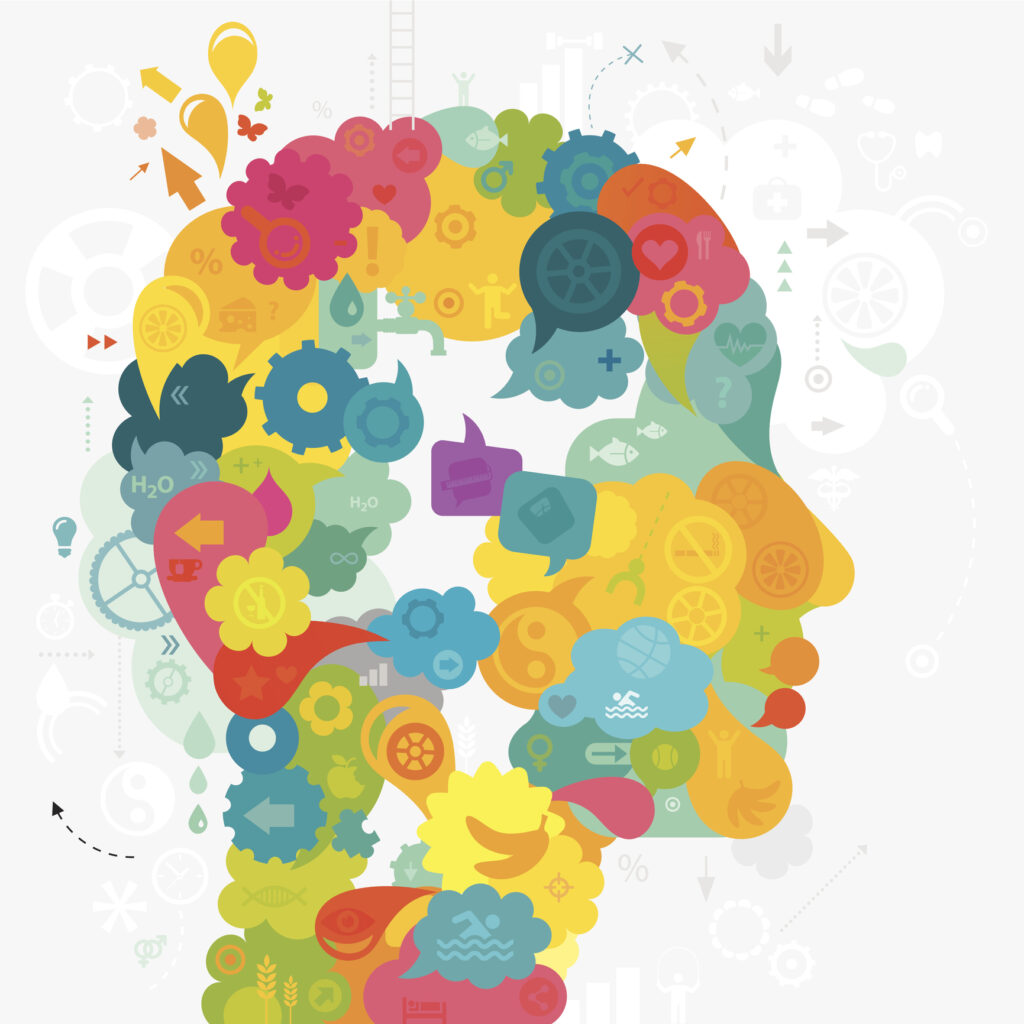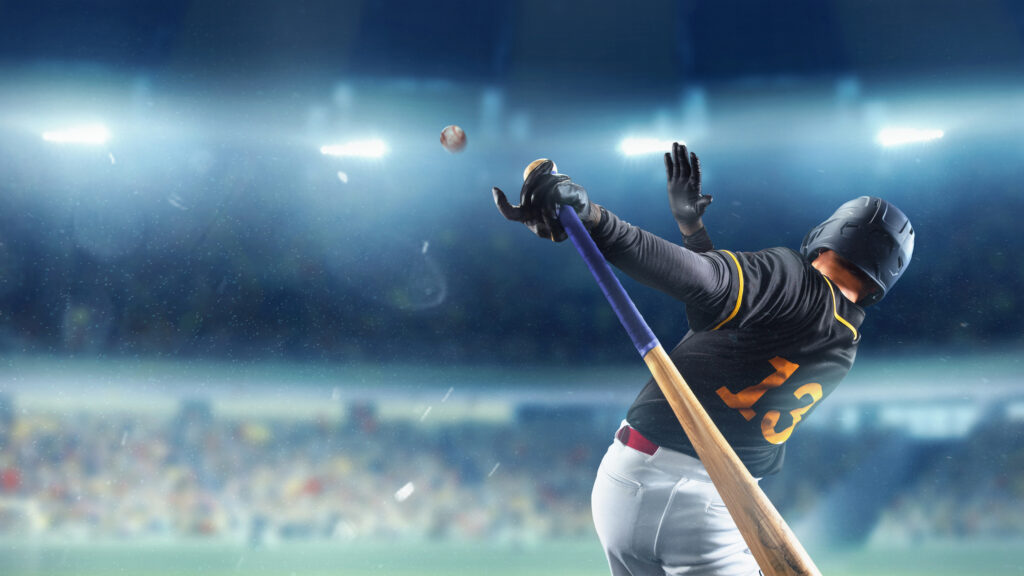
Reinstalling Your Purpose and Passion
High Achiever … does this accolade fit, would someone recognize we’re talking about you?
Well, this is my letter to you that’s a call to an adventure you might have put off, one you just might be ready to take now … and if you’re ready it’s your call to action!
Sure, you’ve climbed mountains, conquered markets, and commanded the kind of power that others only dream of. You’ve got the access, wealth, and voice that define success in our modern world. But let’s get real—despite having all this, do you feel something’s missing?
In our quest for power, it’s easy to lose sight of what originally fueled our fires: purpose and passion. Remember the days when these were your guiding stars? Now, it seems, we’ve been seduced by the allure of power, letting it dictate the direction of our lives at the expense of what truly matters.
But here’s the thing: it’s not too late to chart a new course. Many of you, in your forties, fifties, and beyond, are waking up to the realization that, despite your achievements, there’s a void that wealth and status can’t fill. It’s the nagging feeling of having traded your soul’s mission for a seat at the high table of power. And now, you’re seeking to reclaim what was lost.
This is where the real adventure begins. It’s about daring to leave the familiar shores of comfort and security to dive into the depths of your subconscious. What you’re searching for isn’t just a tweak to your current narrative but a profound reconnection with your autobiographical self—the story of who you are, untainted by societal expectations or personal compromises.
The path to rediscovering your sense of purpose and passion is not for the faint-hearted. It requires vulnerability, honesty, and a willingness to confront the uncomfortable truths about the choices you’ve made. But, believe me, the journey is worth it. By reclaiming your narrative, you’re not just finding your way back to yourself; you’re setting the stage for a life that’s authentically powerful, deeply satisfying, and rich in meaning.
We stand at the threshold of a new era, one that demands a fresh playbook. The old rules no longer apply, and clinging to them will only lead to frustration and stagnation. It’s time to let go of outdated paradigms and embrace the unknown with open arms. The future belongs to those who are brave enough to rewrite their stories, guided by purpose, passion, and the kind of power that serves rather than dominates.
For all you successful entrepreneurs out there feeling stuck in the narrative of power at the expense of your true selves, consider this your wake-up call. It’s time to rediscover the autonomy, freedom, and sense of playfulness that once made you leap out of bed in the morning, eager to face the day.

Don’t let your story be one of what could have been. Be the architect of your own destiny, the author of a tale that resonates with the depths of your being. The time to act is now—seize it with both hands and never look back.
Ready to embark on the journey of a lifetime? Dive deep, rediscover your true north, and let purpose and passion be your guiding lights. The world awaits the stories you have yet to tell, the innovations you have yet to unleash, and the legacy you have yet to build.
Let’s get to it, shall we?
